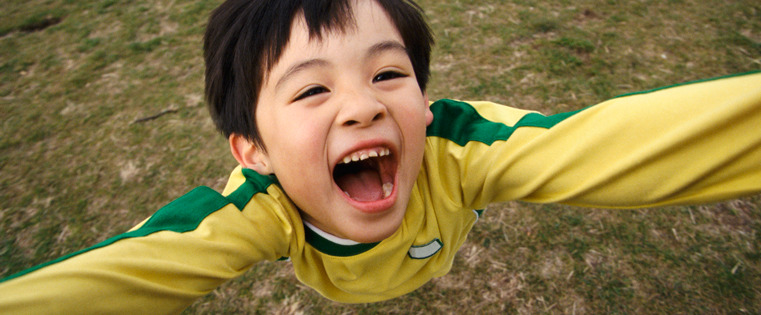 As we race towards the finals of the Fédération Internationale de Football Association (FIFA) World Cup it’s been an interesting go-around for the world’s greatest pastime and, biting incidents aside, another great example of how this quadrennial event brings the world together like no other single sport.
As we race towards the finals of the Fédération Internationale de Football Association (FIFA) World Cup it’s been an interesting go-around for the world’s greatest pastime and, biting incidents aside, another great example of how this quadrennial event brings the world together like no other single sport.

So with a globe full of painted faces, waving flags, team songs, and chants in a myriad of languages, why does an academic from the 1960s so quickly come to mind?
Marshall McLuhan was a philosopher and professor of communication theory in Toronto in the 1960s through the 1980s. Not to oversimplify him but think of him as the godfather of media planning. Never heard of him? Maybe you’ve heard “the medium is the message.”
McLuhan was really the first academic to start thinking deeply about how a medium impacts the effect of messaging in content and advertising. He perceived “hot” and “cool” media that by definition required lower or higher levels of effort and participation for a message to get across. Hot media demanded your attention and required very little effort to get a message across. He saw movies in the theater as “hot” while comic books were “cool” because the limited graphics and prose required something of the reader to fill in the blanks.
So what the hell does this have to do with soccer (or more correctly football)? By thinking of comic books and film as media in the broad sense, McLuhan opened the doors to consider many forms of entertainment and human activity as media. Essentially, a medium is a conductor for an idea and anything that can conduct an idea is a medium. Organized religion, for example, was probably the first international medium — highly engaging and effective at communicating ideas to a defined audience.
That got us thinking about football because after all, football is truly a global religion. From Ghana to Israel, Iraq to the U.S., and Brazil to Cameroon, virtually everybody worships at the altar of football. But what if football could give something back — that is, beyond the thrill of victory and the agony of, well, not victory? What if football could become an agent of change, a conduit, for solving the most difficult problem we as a global community face together?
What if we employed the power of football, to help us end global poverty? Recently, the Bill & Melinda Gates Foundation set as a goal, the complete elimination of global poverty, defined as people living under the Global Poverty Line, by the year 2030 (coincidentally the 100th anniversary of the World Cup). Not a small undertaking. In fact, it may be the holy grail of undertakings.
We’re not talking sponsorship here. The idea isn’t to leverage the popularity of football to sell sneakers or airline seats. These are often well-executed and useful integrations into FIFA that move product to a narrowly defined and generally affluent consumer. What we’re thinking is making football stand for something global and deliver that message throughout all levels of the game, from youth leagues to the World Cup. Integrating that purpose into the raison d’etre of the sport.
By using football as a medium and then integrating the purpose of ending global poverty into the football message, could you mobilize the world to end poverty? Why not?
It’s Relevant
Of the 209 countries that field a national team in FIFA global competitions, nearly 70% have significant populations living below the global poverty line. This includes Poland (7%), Uruguay (8.4%), Russia (11.1%), Brazil (21%), Ghana (28.5%), Ecuador (32%), Mexico (51%) and Honduras (60%). The list goes on and includes the majority of countries that field a FIFA team.
It’s Cross Cultural
For an idea to spread it needs to be able to surmount cultural barriers. Much like the famous World War I Christmas truce soccer game between British and German troops, soccer has the ability to be a universal language. This is a crucial element for an effective medium.
The Infrastructure Exists
Global football already has in place the ability to spread a unified message at every level and to all countries. The medium is just waiting for the message.
There’s No Conflict of Interest
FIFA has already made inroads into tackling poverty as an issue. For 11 years, FIFA has held a sort of All-Star game called the Match Against Poverty to raise awareness. Rather than a one-off yearly event, integrating this purpose into FIFA activity full-time would be a relatively painless transition that’s consistent with global soccer values.
It’s Local and Global
Like the old saying goes, “think globally, act locally.” No other medium has the ability to motivate its fan base locally to a global effect better than the global football community.
Just having this conversation at our agency led to a lot of exciting conversations that delved into media tactics, creative executions, social media, and product integration — the whole laundry list of things that may be going on in your mind if you think this could be a worthy effort.
Rather than go into details, we’d like to challenge the ad community to find a way to bring this idea to life. We actually have a theme to build on: We call it Goal 2030, and we believe this is a message that’s worth getting out.









